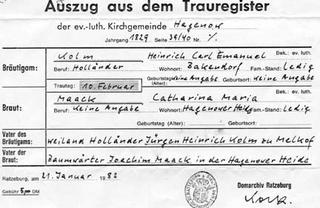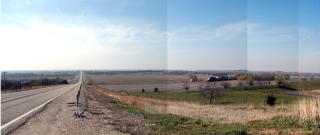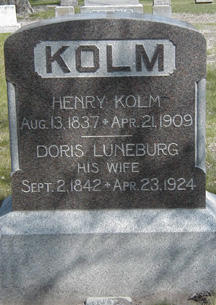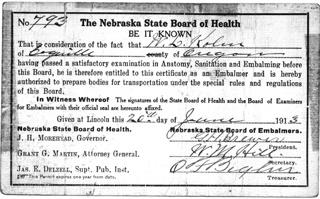Sinking of the Tuscania
A year ago last November, I wrote about the service of Sidney and Jack Bernitt in World War I. Sidney Bernitt was aboard the troop ship TSS Tuscania when it was sunk by a German torpedo off the Scottish Hebrides on February 5, 1918. He didn't survive. The 200 who died were the first American mass military casualties since the Civil War.
One of the most moving stories of the sinking was an "Eyewitness Account" by reporter Irvin Cobb and published in the Saturday Evening Post. Cobb was on the SS Baltic, which was traveling in the same cross-Atlantic convoy as the TSS Tuscania. His article concludes:
Our history is full of splendid sea slogans, but I think there can never be a more splendid one that we Americans will cherish than the first line, which is also the title of the song now suddenly freighted with a meaning and a message to American hearts, which our boys sang that black February night in the Irish Sea when two hundred of them, first fruits of our national sacrifice in this war, went over the sides of the Tuscania to death: "Where do we go from here, boys" where do we go from here?"Steven Schwarz, who maintains a comprehensive Tuscania web site, recently alerted me to several eyewitness reports of the sinking that suggest that Cobb embellished his own "eyewitness" account. The problem was that the Baltic was not close enough to the Tuscania for Cobb to have actually observed the details he writes about so movingly. This annoyed several of the troops that survived the sinking.
For example, Donald A. Smith, a 1st Lieutenant aboard the Tuscania wrote:
A well-known American writer for whom I have great admiration wrote afterward in a popular weekly of the men singing “Where do we go from here, boys?” He was on the S.S. Baltic, which had led us across the Atlantic only a hundred yards or so ahead. I sometimes doubt if, after his interrupted poker game, he really heard that song, because our comrade ships, our cruiser, and our destroyer convoy disappeared into the night. These were their orders. Our boys did sing; they sang some camp songs; they sang “Nearer, My God to Thee,” and they stood in their places and waited while the Tuscania listed farther and farther to starboard and sank farther and farther by the bow. They did this because they were unable to help with recalcitrant boats, and they realized that they could best help by standing fast. But when they sank, the Baltic must have been some fifteen miles away.Reporter Paul Frederickson noted the account of another passenger on the Baltic, who recalled:
We didn’t know exactly what had taken place, but we knew something bad was in the air. We saw destroyers circling around the TUSCANIA and we saw a few lights on her. Irvin S. Cobb was aboard our ship, and he was running around frantically trying to find out from the Baltic’s officers just what had happened. The incident was right down his alley and in sight of the convoy, and yet he couldn’t get much information.Also of note are the accounts of Warren McCarty and Leonard Zimmerman, both privates on the TSS Tuscania; William B. Jones, who was aboard the SS Baltic; and C.W. Nice, aboard the USS Kanawha, an oil tanker in the convoy .
The part of his story that seems to annoy Cobb's critics the most is his account of the men standing on deck and singing as the ship went down. To be fair to Cobb, the way I understood his account, was that he learned those details after he arrived in London, not that he heard the singing himself.
No matter the details, it is a dramatic and tragic story.
Links:
• You can read more eyewitness reports here.
• Members of the 6th Battalion Company D of the 20th Engineers aboard the Tuscania, including Sidney Walter Bernitt. (Full passenger list.)
Read the rest of this post.









